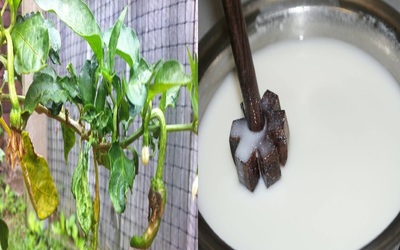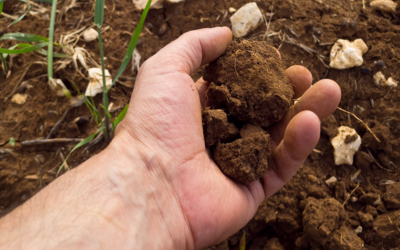
Benefits of Buttermilk spray on insecticides and pesticides
Benefits of Buttermilk spray on insecticides and pesticides– Buttermilk spray is a very good mixture for fighting the danger of sucking pests and insects.
This mixture can be easily prepared at home by farmers.
Essential ingredients for buttermilk spray:
• clay pot
• Buttermilk spray 5 liters
• Small piece of copper
• Polyethylene

Preparation method of buttermilk spray:-
Step 1:
Take a plastic or clay pot and put 5 liters of buttermilk and a small piece of copper metal. A small piece of copper metal acts like fungicide and rotting buttermilk.
Step 2:
cover the opening of clay pot with polythene. Clay pot should be kept in the shade and also should not be in contact with rain water. Leave the mixture to fermentation for 15 days.
Step 3:
Filter the mixture of rotten buttermilk after 15 days.
Step 4:
After 15 days use this mixture on the crops and vegetables.
Preparation time:
15 days
Use:
Mix 250 ml-500 ml mixture in 15 liters of water and spray it continuously on crops and vegetables for 4-5 days with the help of foiler-spray.
Pay attention:
1. Clay pot should not be cracked.

Poonam Singh
Poonam Singh, M.Sc.(Bio-Chemistry), Content writer, Self Shiksha, Lcoatips, Candidviews, Quikpills and Former Research Director at NEEW




